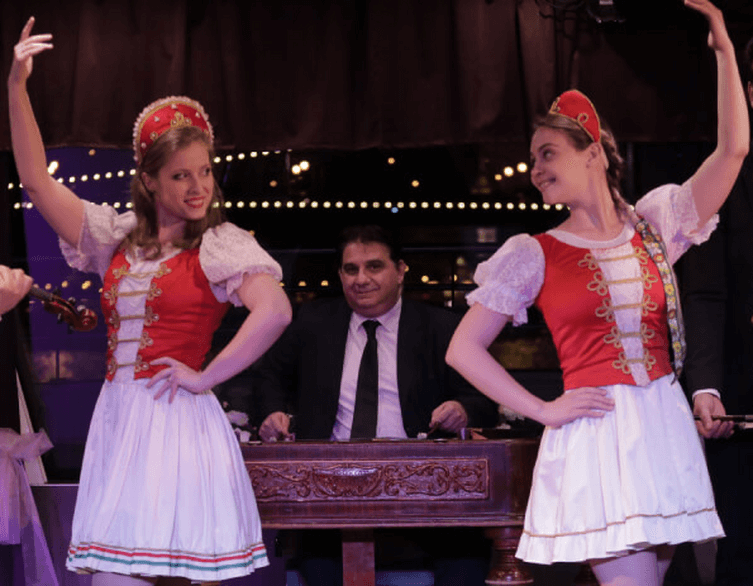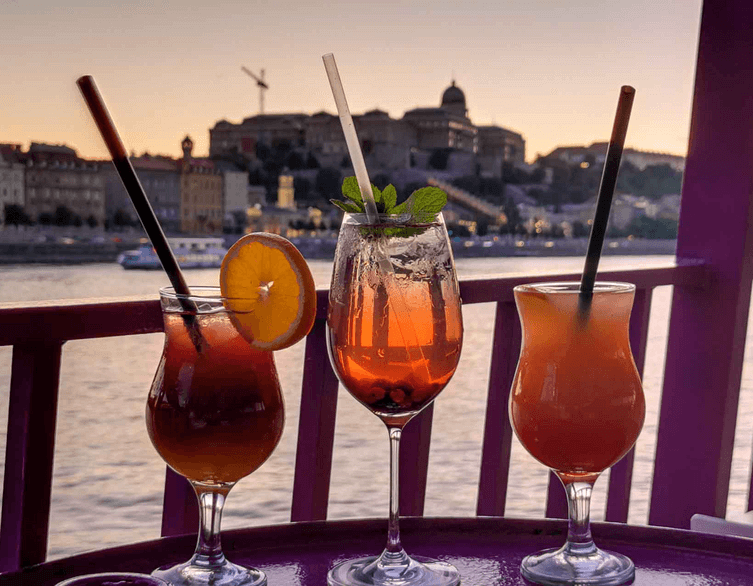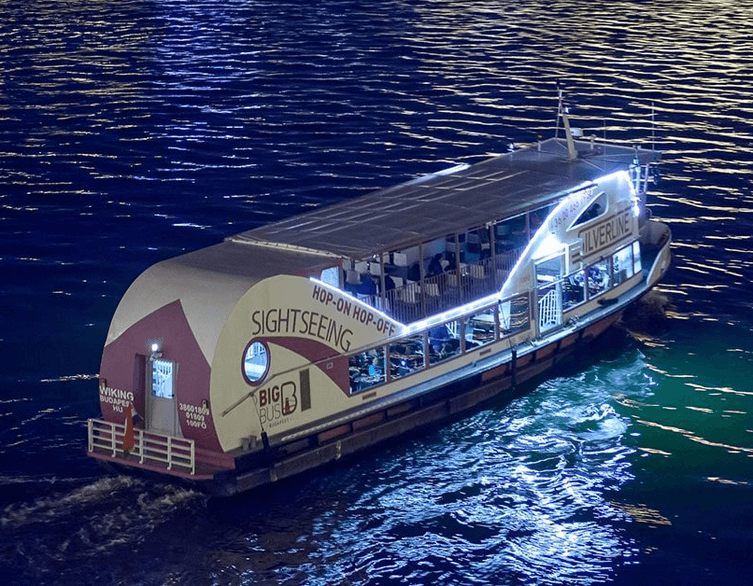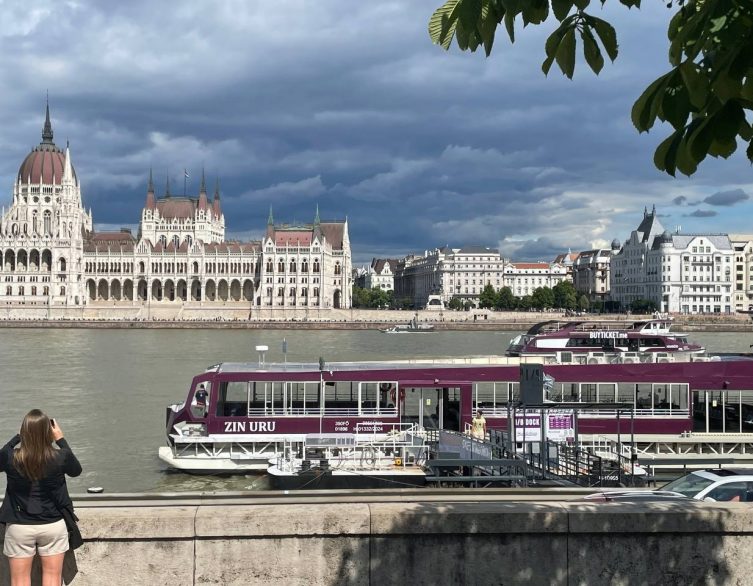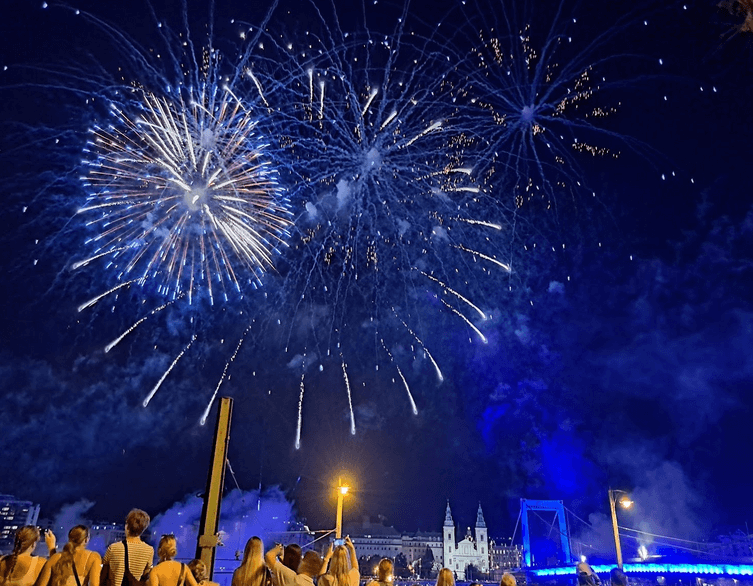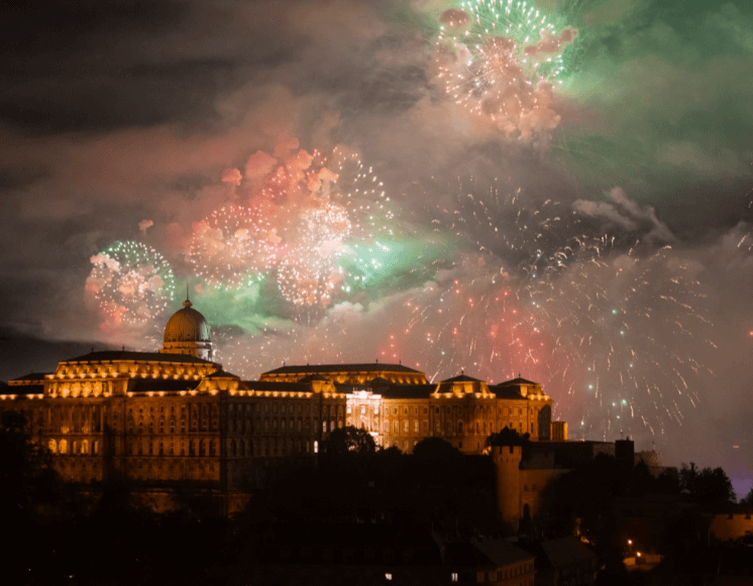Budapest’s August 20th Fireworks: Hungary’s Most Controversial Celebration

As you plan your visit to Budapest around August 20th, Hungary’s National Day, you’re in for a spectacular experience that promises to be one of Europe’s largest fireworks displays. However, this grand celebration comes with quite a story that reveals much about contemporary Hungarian society and politics. Understanding the context behind this magnificent show will give you deeper insight into the country you’re exploring.
The Grand Spectacle Awaits
Budapest’s August 20th fireworks display represents an extraordinary commitment to celebration on a truly massive scale. This year’s show, aptly named “Fire and Light Games,” will span five kilometers along the Danube riverbank from Margaret Island to Petőfi Bridge. The 30-minute spectacular promises to launch 46,000 pyrotechnic effects into the night sky, creating what organizers claim will be Europe’s largest fireworks display.
Starting at 9 PM on August 20th, the show will transform Budapest’s iconic skyline into a canvas of light and color. The best viewing spots lie on the Buda side of the river, where locations like Gellért Hill, the Philosophers’ Garden, Mansfeld Péter Park, Gül Baba’s Tomb, Fisherman’s Bastion, and the area in front of the Castle Garden Bazaar offer spectacular vantage points. On the Pest side, Nehru Park and Petőfi Bridge provide excellent views of the riverside spectacle.
For international visitors who can’t make it to Budapest in person, the show will be broadcast live on Duna TV starting at 9 PM, with repeats on Duna World at 10:50 PM. Online streaming will be available through the MediaClick platform and on the Hungarian Government’s YouTube channel.
The Price of Celebration
What makes this year’s fireworks particularly noteworthy is the staggering investment behind the spectacle. The direct cost of the fireworks display alone reaches 3.6 billion forints, while the entire Saint Stephen’s Day celebration program commands a budget of 10.9 billion forints. When all associated costs are calculated, the total expenditure for this single day’s festivities reaches approximately 14.5 billion forints.
To put this in perspective for international visitors, this represents one of the most expensive single-day public celebrations in Europe. The Balásy Gyula-owned Lounge Event Ltd. has been entrusted with organizing the event, reflecting the scale and complexity of coordinating such a massive undertaking.
Best deals of Budapest
The budget has grown significantly year over year, with this year’s fireworks costs exceeding the previous year’s by more than 600 million forints. This escalation has become a central point of public discourse in Hungary, revealing tensions between those who view the celebration as essential national pride and others who question such expenditure levels.
Public Opinion Divided
Recent polling by Publicus reveals the complex relationship Hungarians have with their national celebration. Surprisingly, 61 percent of respondents don’t consider the annual grand fireworks display a positive tradition for celebrating the founding of the Hungarian state. Only 35 percent support the spectacular and noisy celebration, though this figure rises to 72 percent among government party supporters.
The financial aspect proves even more controversial. Eight out of ten Hungarians believe the fireworks cost too much, feeling these billions could be better spent elsewhere. This sentiment crosses political lines, with 51 percent of governing party voters also considering the spending excessive. Among opposition voters, 93 percent would prefer to see these funds allocated differently.
These statistics provide fascinating insight into Hungarian society for visiting tourists. They reveal a nation grappling with questions about appropriate celebration levels during challenging economic times, similar to debates occurring across Europe about public spending priorities.
A Tale of Two Cities
While Budapest prepares for its billion-forint spectacular, many Hungarian cities are taking dramatically different approaches to August 20th celebrations. This creates an interesting contrast that foreign visitors might find illuminating about regional differences and local decision-making in Hungary.
Cities like Cegléd have announced they won’t hold fireworks displays, citing not financial constraints but community preferences and technical-logistical challenges. They couldn’t find safe locations for launching rockets on a scale comparable to Budapest’s display. Miskolc’s city leadership decided against fireworks to protect thousands of pets and disabled residents, noting that citizen feedback supported this decision.
Esztergom and Győr canceled their city center fireworks due to financial considerations, choosing to redirect those funds toward other community needs. Gyöngyös and Csömör have gone years without pyrotechnic shows, and this list continues growing as municipalities reassess their celebration priorities.
This geographic divide creates an interesting phenomenon where the capital city maintains increasingly elaborate celebrations while regional areas scale back or eliminate similar events entirely.
Weather: The Only Thing That Could Stop the Show
For visitors planning to witness Budapest’s fireworks spectacular, weather represents the only factor that could disrupt the celebration. The show will proceed regardless of political controversy or public opinion, but severe weather conditions pose genuine safety risks that organizers cannot ignore.
Thunderstorms, strong wind gusts, and lightning create significant security concerns for large-scale pyrotechnic displays. However, even weather delays rarely result in complete cancellation. In 2022, the fireworks were postponed by one week due to weather conditions, while 2024 saw a delay of several hours. These precedents suggest that persistent visitors willing to remain flexible with their schedules will eventually witness the spectacular display.
Current weather forecasts suggest this year’s celebration faces potential evening thunderstorms, though morning and afternoon conditions should remain favorable for other festival activities throughout the city.
Political Tensions and Urban Impact
Budapest’s mayor, Gergely Karácsony, has become a vocal critic of the fireworks celebration, highlighting tensions between local and national government priorities. He argues that while the national government criticized the city for opening riverside areas to pedestrians and cyclists and organizing cultural programs, they now plan a 45-minute “public money burning and environmental pollution” event that will paralyze Budapest’s north-south traffic for nearly a week.
Karácsony has written to government officials requesting they show restraint and avoid launching rockets near densely populated areas north of Margaret Bridge. He argues that from the 14 billion forint budget, organizers should solve the problem of week-long embankment closures caused by fireworks preparation and cleanup.
For several years, the mayor has expressed concerns about the celebration, calling it wasteful spending and describing it as a harmful addiction Hungary should abandon. His criticism reflects broader European debates about balancing national celebration with environmental responsibility and fiscal prudence.
What This Means for Your Visit
Understanding these controversies enriches rather than diminishes the experience for foreign visitors. You’re witnessing more than just a fireworks display – you’re observing a nation wrestling with questions about identity, appropriate celebration, and resource allocation that resonate across contemporary Europe.
The spectacular scale of Budapest’s fireworks reflects Hungarian pride and the importance of Saint Stephen’s Day in national consciousness. The public debate surrounding the event reveals a healthy democratic discourse about government spending and priorities. The regional variations in celebration approaches demonstrate how different communities interpret and honor the same national holiday.
As you position yourself along the Danube on August 20th, watching tens of thousands of pyrotechnic effects illuminate Budapest’s magnificent architecture, you’ll be participating in a celebration that represents both Hungary’s commitment to honoring its history and its ongoing conversations about appropriate ways to express national pride in the 21st century.
Whether the show proceeds as scheduled or faces weather delays, your presence at this event places you at the center of contemporary Hungarian culture, where tradition meets modernity, celebration encounters criticism, and one of Europe’s most beautiful capitals continues writing its complex and fascinating story.
Related news








